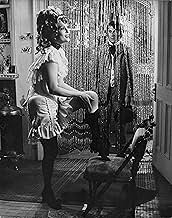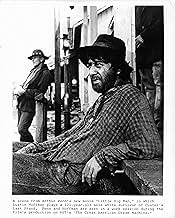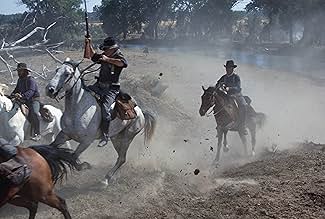Jack Crabb, looking back from extreme old age, tells of his life being raised by Native Americans and fighting with General Custer.Jack Crabb, looking back from extreme old age, tells of his life being raised by Native Americans and fighting with General Custer.Jack Crabb, looking back from extreme old age, tells of his life being raised by Native Americans and fighting with General Custer.



































